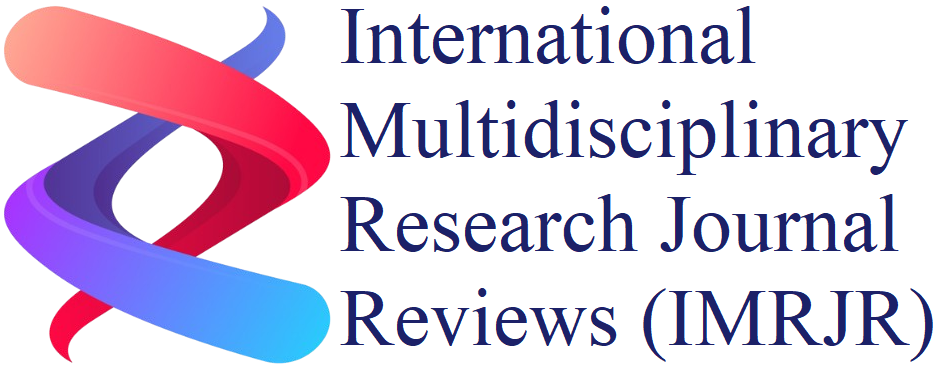Abstract: This chapter looks at how Artificial Intelligence (AI) and educational technology can help make learning fair and inclusive for all students. Many learners face challenges in school because of disabilities, language barriers, or lack of resources. Smart learning tools can help solve these problems by offering personalized support that fits each student's needs.
AI-powered systems can adjust lessons in real time, help students learn at their own pace, and give teachers useful feedback. Tools like speech-to-text, language translation, and virtual learning environments are helping students who struggle with traditional methods of learning. These technologies are especially helpful for students with special needs, those learning in a second language, or those who do not have equal access to learning materials.
The chapter also talks about the risks of using AI, like unfair access to technology and data privacy concerns. It highlights the need for careful planning, fair policies, and inclusive designs to make sure everyone benefits from these tools.
Through real-world examples and global case studies, this chapter shows how smart learning can lead to equal learning—where all students, no matter who they are or where they come from, have a fair chance to succeed in school.
Keywords: Inclusive Education, AI in Education, Educational Technology, Equal Learning, Personalized Learning, Learning Support, Student Diversity, Digital Tools, Smart Classrooms, Technology Education for All, Equity in Learning.
Download:
![]() |
DOI:
10.17148/IMRJR.2025.020809
|
DOI:
10.17148/IMRJR.2025.020809
[1] Dr. B. Menaka*, Kavali Rudransh, "Smart Learning, Equal Learning: The Role of AI and Educational Technology in Advancing Inclusive Education," International Multidisciplinary Research Journal Reviews (IMRJR), 2025, DOI 10.17148/IMRJR.2025.020809

